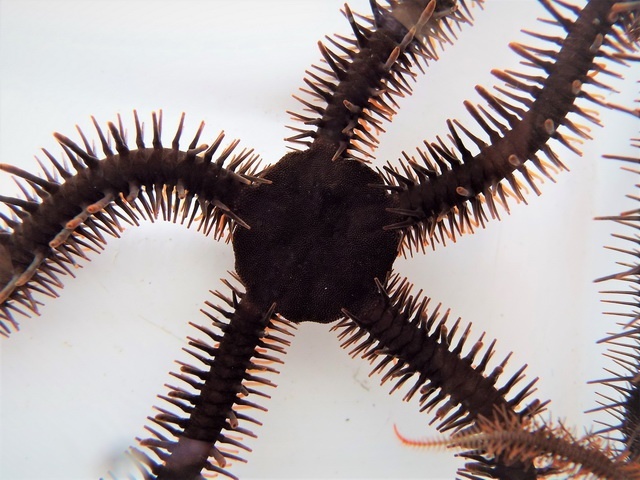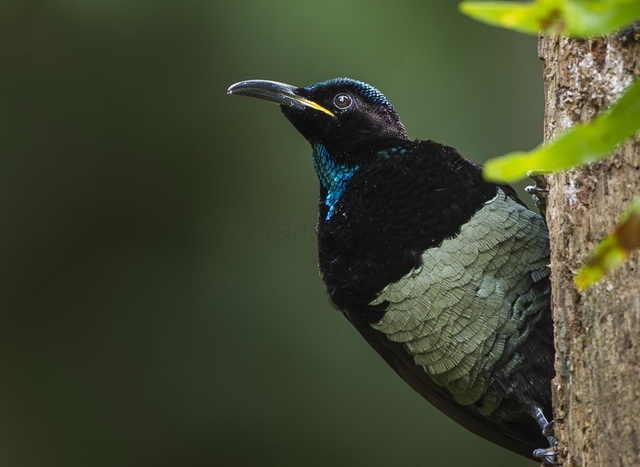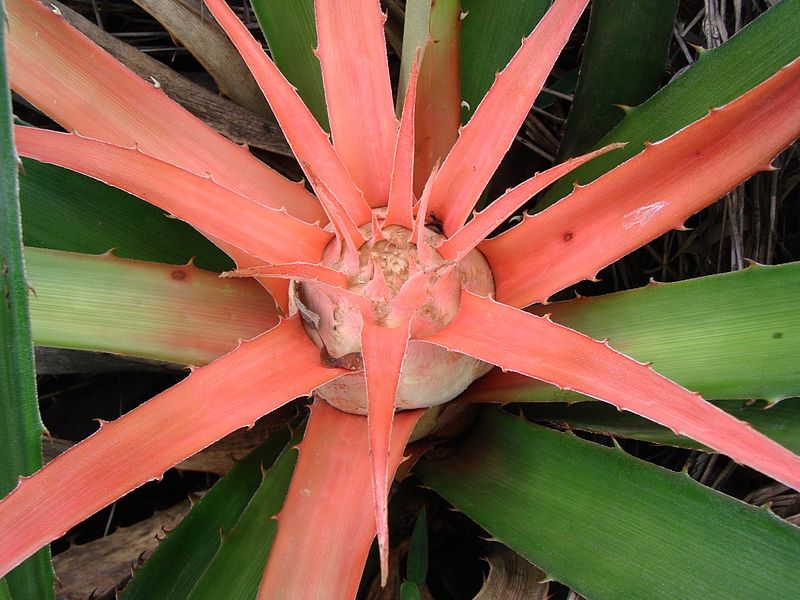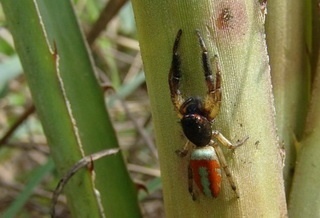Brittle star senses light with network of photosensitive cells
A network of thousands of photosensitive cells allows brittle stars to detect dark places where they can hide from predators, Lauren Sumner-Rooney and colleagues write. No lenses are involved, as has been hypothesized.
The brittle star Ophiocoma wendtii, which lives on coral reefs in the Caribbean, has a strong aversion to light and during the day it retreats into dark crevices, where it is safe from predators. So, it perceives a difference between dark and light places, and this is possible thanks to an impressive network of thousands of light-sensitive cells across the entire body surface, Lauren Sumner-Rooney and colleagues discovered.
Microlenses
At the same time, they reject the existing idea that the dorsal side of the arms is covered with microlenses, as described by for instance Joanna Aizenberg and colleagues. These lenses were thought to focus incident light onto light-sensitive cells beneath; these cells would then transmit a signal to nerve fibres and from these signals neural centres would construct an image of the environment. In fact, the whole animal would act as one compound eye.
Those lenses don’t appear to exist.
Where did the idea come from? Brittle stars have an internal skeleton consisting of a spongy, porous form of calcite (calcium carbonate). The calcite plates of the arms extend into many bumps at the surface, which are hemispherical and transparent. They look just like tiny lenses – and so they were assumed to be tiny lenses.
But now, Sumner-Rooney succeeded in locating cells with light-sensitive pigments. She found many such cells, but not beneath the proposed microlenses, where the focal points should be. Instead, the light-sensitive cells occur at the surface in between the putative lenses, embedded in the skin; they are regularly arranged across the entire body. She also found bundles of nerve fibres that project towards these cells, and no nerve fibres that terminate beneath the ‘lenses’.
Safe place
In conclusion: the brittle star Ophiocoma wendtii possesses thousands of light-sensitive cells at the surface, but the transparent crystal bumps (the putative lenses) are not associated with them. The bumps are completely covered with skin, which is also in contradiction with an optical role. Also, no neural centres are found that could process the signals. With the extensive network of photosensitive cells the animals can distinguish light from dark very coarsely and find a safe place.
Willy van Strien
Photo: Ophiocoma wendtii. © Lauren Sumner-Rooney
Sources:
Sumner-Rooney, L., I.A. Rahman, J.D. Sigwart & E. Ullrich-Lüter, 2018. Whole-body photoreceptor networks are independent of ‘lenses’ in brittle stars. Proceedings of the Royal Society B 285: 20172590. Doi: 10.1098/rspb.2017.2590
Aizenberg, J., A. Tkachenko, S. Weiner, L. Addadi & G. Hendler, 2001. Calcitic microlenses as part of the photoreceptor system in brittlestars. Nature 412: 819-822. Doi: 10.1038/35090573



